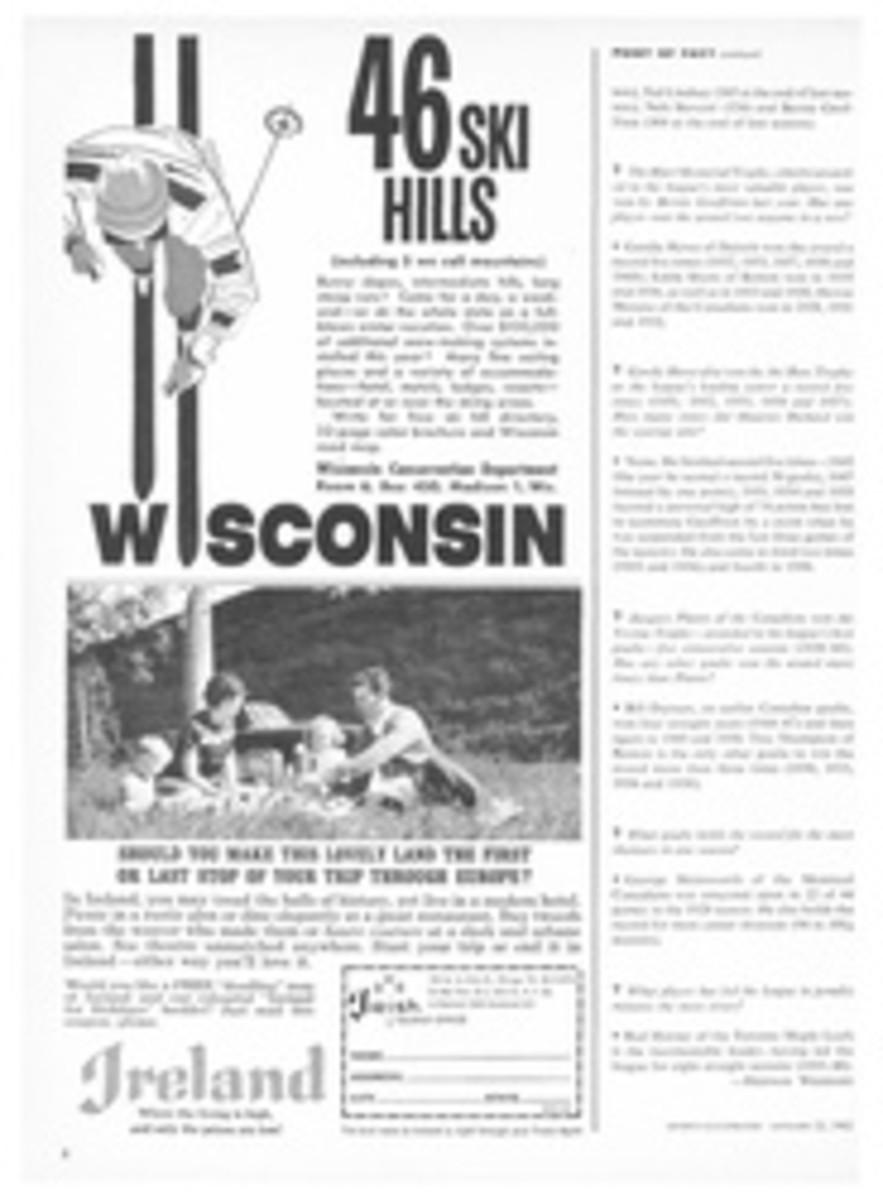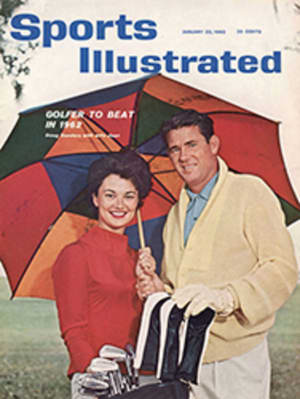
Waiting for the 'Robt. E Lee'
In the summer of 1870 a race was scheduled between the Robt. E. Lee and the Natchez—the fastest steamboats on the Mississippi River. Interest in the race was so great that large sums of money were bet all over the country and as far away as England and France. The race, however, was more than a contest to decide which of these two swift boats would become champion of the river.
Captain Thomas P. Leathers, master of the Natchez, and Captain John W. Cannon, master of the Lee, had been rivals on the river long before the start of the Civil War. During the war Captain Cannon had sided with the North; Captain Leathers had fought with the Rebels and hated all things northern. He especially hated the fact that Cannon, a Union man, had named his boat the Robt. E. Lee. The race, in the minds of many, was to be a postwar battle between the North and the South.
On race day, June 30, 1870, cities and towns all along the Mississippi declared holidays. Special wires were installed along the course—New Orleans to St. Louis—to flash reports by telegraph and cable to the world. At New Orleans more than 10,000 people jammed the Upper Wharf to view the start.
Shortly before 5 o'clock in the afternoon the Lee eased into the stream and headed upriver for St. Louis, about 1,200 miles away. Less than five minutes later the Natchez started upriver.
Cannon had stripped his boat of all extra rigging and dunnage, refused to carry freight and took on a select group of only 75 passengers. He had made arrangements at various points upriver to refuel from coal barges while under way. Captain Leathers, however, recklessly carried freight and passengers to capacity and planned to stop for fuel.
The two boats were close together for several miles, but gradually the Lee began to widen the distance, and at midnight off Baton Rouge the Natchez was nine miles behind. Above Vicksburg late the next afternoon a fast packet with 100 cords of pine knots on board sped upstream, waiting to be overtaken by the Lee. When the Lee reached her the two boats were lashed together and while the fuel was transferred their engines ran as one. (This maneuver, long planned by Captain Cannon, caused many bettors later to scream foul.)
The Lee reached Memphis at 11:04 that night, followed an hour and three minutes later by the Natchez. The boats stayed in sight of each other almost the whole course except where river bends hid the view. On July 3, when the Lee reached Cairo, Ill. shortly after 6 p.m., she was credited with a new record of three days and one hour for the run from New Orleans. The Natchez was then an hour and 10 minutes behind.
Between Cairo and St. Louis (some 12 hours of running time if all went well) lay dangerous shoal waters. Above Cairo, Captain Cannon took on two pilots who knew every inch of the river from there to St. Louis. The Lee slowed down and felt her way around the shoals.
When the Natchez came into the shoal waters, she, too, was forced to slow down. A thick fog soon enveloped her and Captain Leathers had to tie up at a bank and wait it out. For more than five hours his boat sat still.
At 11:33 on the morning of July 4 the Lee steamed across the finish line at St. Louis, exactly three days, 18 hours and 13 minutes after leaving New Orleans. She had shaved more than five hours off the best previous time.
That evening at 6 o'clock the Natchez crossed the line. She was by no means disgraced, however. Her supporters were quick to point out that if she had not stopped for fuel and the fog she would have equaled or even bettered the Lee's time. Maybe so, but they paid off on the Lee, and by the millions.
The race was the last splendid gesture of a dying era. A few years later the railroads controlled Mississippi River commerce, and the steamboat vanished forever.

